Tango dance lessons teach the dancer body lead, timing, musicality, non-verbal communication and contribute to the dancers education. San Diego is a tango dancing hub with tango milongas, practicas and tango dance lessons offered somewhere every night of the week like the Milonga Sin Nombre every Friday night at Dancetime.
The tango is a dance form that is associated with passion and romance, the music is charged with energy and there is a thriving tango community in San Diego. The Argentine tango along with the West Coast swing allows an extraordinary amount of freedom of expression and musicality since it is free from set patterns or rhythm units. It is also a “living dance” since it continues to evolve and grow even while many of the tango dancers work hard to keep its original essence. First a short bit of history followed by an explanation of the three styles of tango and finally a few recommendations for tango venues.

The tango originated in the late nineteenth century in Argentina then spread throughout Europe and the United States. It was catapulted to popularity in the U.S. after Rudolph Valentino danced the tango in the movie “The Four Horsemen of the Apocalypse” in 1921. Soon after its arrival in the U.S., the tango was transformed by the Arthur Murray dance studios to make it more appropriate for American sensibilities by incorporating movements from the very popular foxtrot. This created a more fluid dance that was very smooth and traveled around the dance floor like the foxtrot.
Eventually it was standardized and taught in dance studios throughout the U.S. as the American tango. When the hit song, the “Blue Tango” hit the airways in 1952 Americans flocked to dance studios to learn the American tango. A very different transformation went on in Europe in the 1920’s where it was called the English tango and finally the International tango. Ballroom competition organizations standardized it for judging panels making it the most popular tango for competitions.
Generally, the American tango is a perfect form of tango to learn as part of the American style smooth ballroom dance genres since it is smooth and flows gracefully around the dance floor. It is probably the easiest form of tango to learn. The International tango is much more staccato, sharp and moves in rapid, quickly changing directions with a snap making it a great dance to use for a performance or competition. The Argentine tango is a very social form of tango and perfect for smaller spaces since it moves using less flight and projection than the other forms of tango.
Currently, the most popular style of tango in the United States is the Argentine tango with its tremendous freedom and beauty. This form of tango has seeped into other dances like the West Coast swing where dancers will pull of an ocho or boleo while swing dancing. The trend in teaching Argentine tango is to not combine movements into patterns or routine sequences but to encourage lead follow techniques and a response to the music rather than rote memorized sequences that do not fit the music. The dancers are taught how to lead from the body early in tango instruction, which is useful for all forms of social dancing. Basic elements are introduced like walking, breaking action (rocks), pivots, etc. so the dancers can maneuver the dance floor.
The best method for becoming a dancer is to take more than one form of dance genre since each dance genre features elements that improve the dancer. For instance, the American waltz, foxtrot and tango encourage flight and smooth movement while the American rhythm dances use Cuban hip movement, ball flat footwork, ribcage isolation and West Coast swing is supreme for creativity and spontaneity of movement within guidelines.
The Argentine tango is a great way to work on lead follow skills, moving from the core, subtle leading and learning how to hold musical beats. Also, it is perfect for learning how to dance close to your partner since in all the forms encourage body contact even though some forms wait to introduce body contact later in a dancers training.
Tango music is very distinctive with its own special sound. Listen closely to tango for the intricate musical composition. The dance is meant to respond to the intricacies of tango music. Here are some different styles of tango music: American tango music and Argentine tango music.
There is a large tango community in San Diego and tango venues virtually every night of the week. If one wants to get involved in tango, realize there is a tango culture. Some people become tangueros or milongueros and revolve their life around participating in tango dancing venues and events. There is a particular dress and customs so make sure to learn the language of asking someone to dance or rather not asking but signaling, dances a set of music called a tanda and tango dancers often dress more formally than say swing dancers and start dancing later in the evening than most other types of social dance venues.
The longest ongoing tango dance venue, Sin Nombre Milonga, in San Diego meets every Friday night at Dancetime with a FREE practica at 9 PM and dancing music starts upstairs about 9:15 PM, sometimes it’s on Argentine time so it might start a little later. There are few other tango venues in town that can be found on America’s tango TangoSanDiego.com.
Tango dancing is a good item for everyone’s bucket list, but don’t wait too long to get started. We offer intro beginner friendly Argentine tango lessons every Friday night at 8 PM followed by a FREE drop in tango practica. Check out our Argentine tango dance staff on our website. Try the Tango, it is a lifestyle, an art, a dance and a culture!


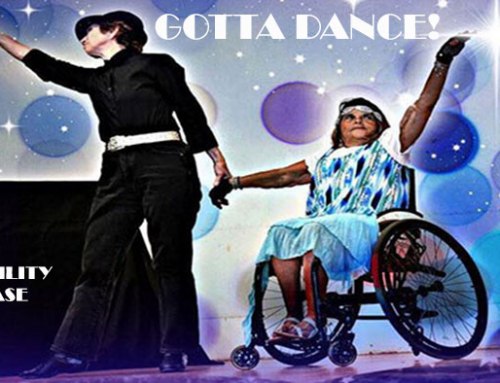
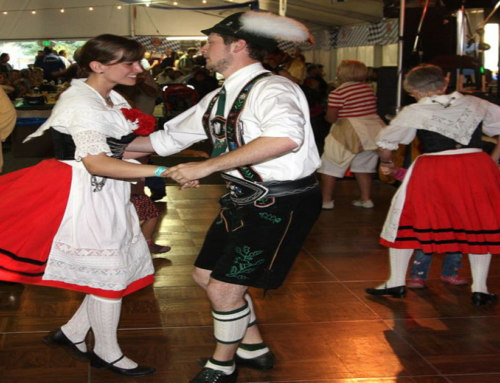
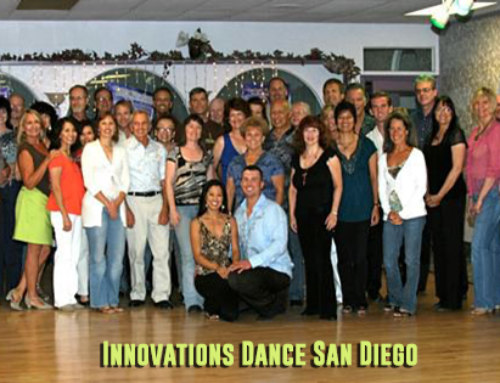
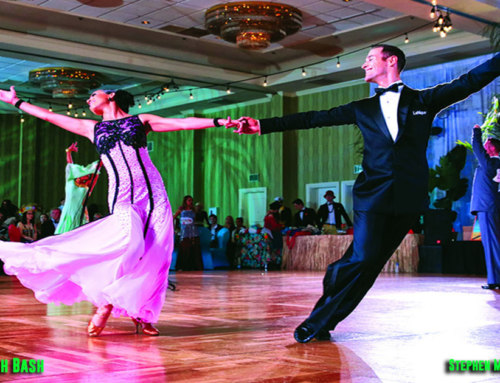
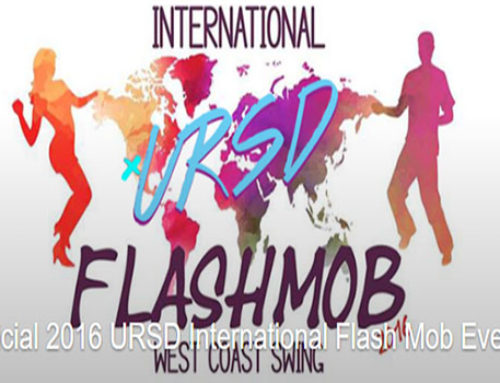
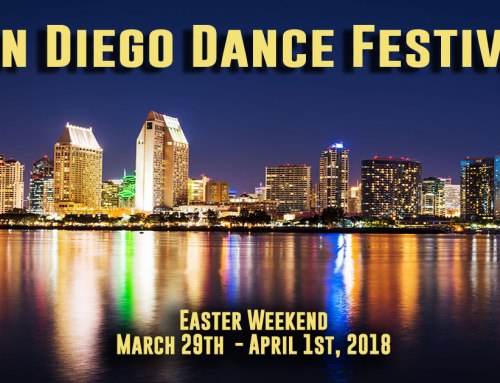
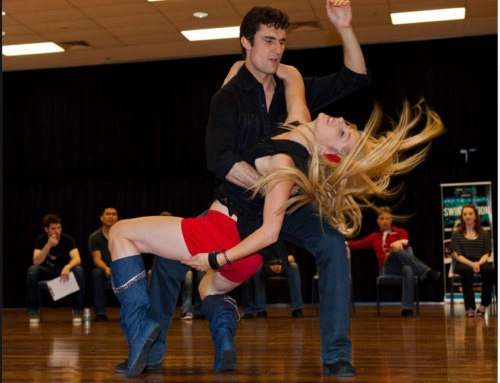
Leave A Comment
You must be logged in to post a comment.